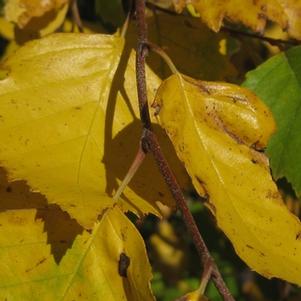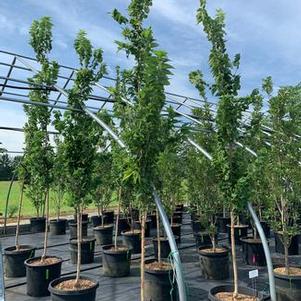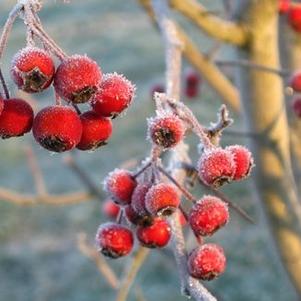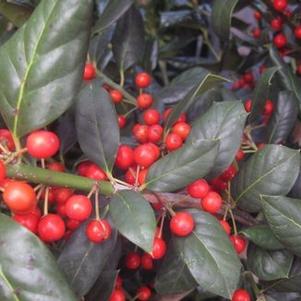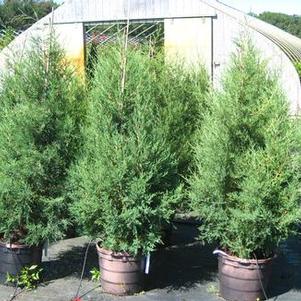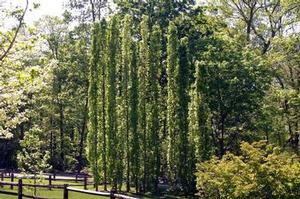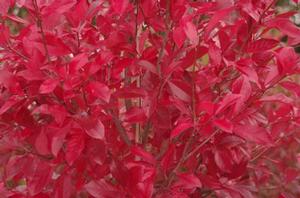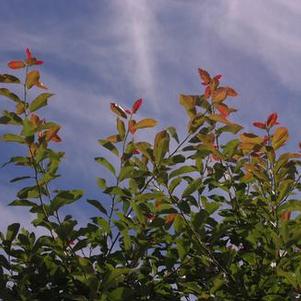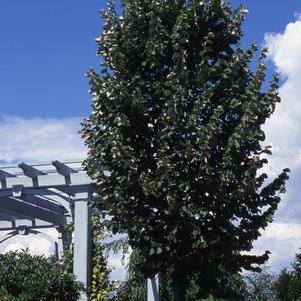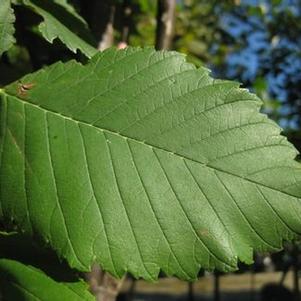Fall Planting Facts & Fiction
Last week, we discussed the science behind the rainbow of colors that adorn our trees, shrubs, and some of our perennials this time of year. Perhaps somewhat surprisingly, many people don’t know that autumn is a fantastic time to get things planted. In our mild winters here in the Mid-Atlantic, it’s not uncommon to be popping plants into the ground all the way up until the first frost – and these days, we’re sometimes able to extend that timeframe even further. So, this week, we’re bringing you a boatload of invaluable information about the dos and don’ts of fall planting (plus, of course, some pertinent and timely pictures to get your brain noodling about some potential candidates for your next project).
Naturally, everyone in the green industry knows that spring is the golden hour of transplanting and installation for a full season of root and shoot growth. The cool nights and warm days of spring often make an encore appearance in autumn, with the added benefit of shorter daylight hours which decrease the amount of stress on newly forming plant tissues, and an often-steady amount of precipitation throughout the autumn months is ideal for young roots. It’s generally accepted that planting can occur up to 6 weeks prior to the ground freezing, at which point root water uptake and production tends to cease altogether until the following spring. Some species tolerate fall planting better than others, although there is a considerable benefit in allowing any perennial, shrub, or tree an extra growing season prior to the harsh temperatures and long daylight hours of the following summer.
Being as we’re in the business of container grown ornamental woodies, it’s important to note that not all woody plant species are tolerant of being planted in the fall, especially if their roots have been cut or trimmed prior to installation (this is especially common in bare root plantings). The difficulty arises due to the interruption to the hydraulic conductivity process from the roots to the above-ground tissues, and the plant’s predisposition to avoiding xylem cavitation one they’ve been cut – fancy words for the tree’s ability to uptake water with its pre-established roots prior to sending new roots out into the soil and not have its vascular system blocked with bubbles. Some trees are better at navigating this process than others. Difficult-to-transplant-in-the-fall trees are known as Fall Transplant Hazards, and extra care needs to be taken with these species in order to ensure their success the following season. Luckily, with container grown plants, root systems are pre-established and have no need of being disturbed much before going into the ground.
The following is a short list of Fall Hazard Trees that benefit from being container-grown prior to being transplanted in the fall, according to the New Jersey Tree Foundation:
Acer rubrum & cvs
Betula sp.
Carpinus sp.
Celtis sp.
Cercis sp.
Cornus florida & cvs
Cornus kousa & cvs
Cupressocyparis leylandii
Crataegus sp.
Fagus sp.
Ilex ‘Nellie Stevens’
Juniperus virginiana
Liquidambar styraciflua
Liriodendron tulipifera
Magnolia sp.
Malus sp.
Nyssa sylvatica & cvs.
Prunus sp.
Quercus sp. *except for Quercus palustris (pin oak)
Salix sp.
Tilia tomentosa & cvs
Ulmus sp.
It’s also beneficial to note that the smaller the caliper, the easier it is for a tree to transplant, no matter the time of year. However, there are other precautions that should go into planting these Fall Hazards. Thin-barked species, such as Acer rubrum or Betula sp., and trees with course, large root systems have even more working against them during the fall season. Both of these characteristics limit the total amount of moisture a tree is able to uptake and retain, which is especially important during the dry, blustery conditions of autumn. Luckily, container grown, small caliper trees have much higher success and a faster establishing rate than their B&B or bare root brethren. Make sure to check out our Advanced Search feature on our website to search for the next perfect specimen for your fall planting projects!
Division of Plant Sciences. “Fall Planting Benefits Trees and Shrubs (David Trinklein).” Fall Planting Benefits Trees and Shrubs // Missouri Environment and Garden News Article // Integrated Pest Management, University of Missouri, September 16, 2021. https://ipm.missouri.edu/MEG/2021/9/treePlanting-DT/.
“Fall Digging Hazards - Njtrees.Org.” NJ Tree Foundation’s Fall Digging Hazards. Accessed October 27, 2023. https://www.njtrees.org/wp-content/uploads/2017/08/Fall-Digging-Hazards.pdf.
Flemer III, Bill. “Fall Hazard Trees.” Horticulture Associates, June 16, 2016. https://wefindplants.com/fall-hazard-trees/.
Good, Jeff. “Fall Hazard Tree Lists Explained.” Sticks & Stones. Accessed October 27, 2023. https://www.christensensplantcenter.com/news/fall-hazard-tree-lists-explained/.
Hirvela, Stacey. “Why Plant in Fall?” Proven Winners. Accessed October 27, 2023. https://www.provenwinners.com/learn/planting/why-plant-fall.
Horticultural Associates. “Fall Transplant Hazards.” Horticulture Associates, June 29, 2023. https://wefindplants.com/links/.
Luoranen, Jaana. “Autumn versus Spring Planting: The Initiation of Root Growth and Subsequent Field Performance of Scots Pine and Norway Spruce Seedlings.” Silva Fennica, 7813, 52, no. 2 (March 19, 2018). https://doi.org/10.14214/sf.7813.
Sutton, Michelle, and Matthew Stephens. “Five Branches of Transplanting Success & a Deeper Look at ‘Fall Hazards.’” New York State Urban Forestry Council, April 17, 2022. https://nysufc.org/transplanting-and-a-deeper-look-at-fall-hazards/2015/10/13/.
See all our Woody Ornamentals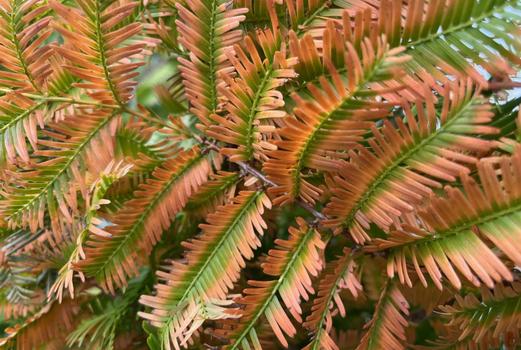
Metasequoia glyptostroboides


